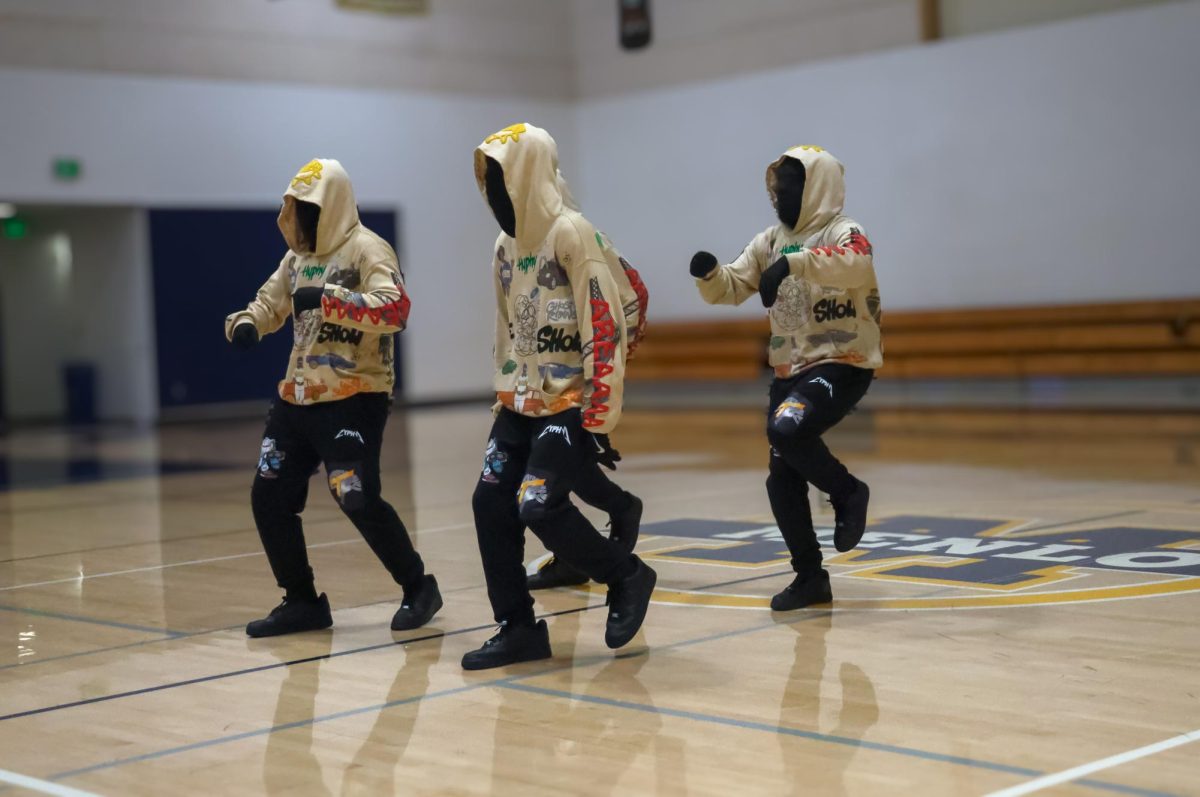A seven year phase-out plan for the Japanese program underway
Becky Swig | Editor-in-Chief
Photo by Eliza Crowder
At the end of last year Head of School Than Healy to phase-out the Japanese program in both the Lower and Upper School. Healy was adamant about giving any student currently enrolled Japanese in both the lower and upper school to have the opportunity to finish. The Japanese program has a seven-year phase-out plan, starting next year. “I think it serves the students well [to have a longer phase-out]. It honors their commitment. If you are in the program now, we are not going to pull the rug right out from underneath you,” Healy said.
This decision was not made easily. Healy along with other administrators have carefully looked at the enrollment numbers for the past few years, and have noticed a declining trend, leading to the long-term phase-out.
The lack of students choosing to take Japanese in enrollment results from the popularity of the other five languages. For a school the size of Menlo, it is challenging to sustain five languages. With Spanish having such high enrollment, it is difficult for the other four programs to compare in numbers. “Ultimately we came to the conclusion that a school of this size can’t sustain five languages. We don’t have the bodies to populate five languages,” Upper School Director John Schafer said.
For the 2015-2016 school year, sixth grade Japanese as well as Japanese 1 in the high school will no longer be offered. Even though the school will not pay Japanese teacher Kumiko Sakamoto to teach Japanese 1 next year, Sakamoto is hopeful that students still want to take the course. “If I have any students [for Japanese 1] next year, I will teach [that class] voluntarily,” Sakamoto said. “I worry about the students, the students who want to take Japanese. I want to teach [them]; my purpose is to teach.”
Students are also upset by this decision. Healy was invited into one of the Japanese classes to speak to the students and to answer any of their questions. “Initially, my peers and I were confused and angry about the phase-out of the Japanese program,” sophomore Lindsay Miller said. “Although we are still sad about the loss of a wonderful opportunity for future [classes at Menlo], meeting with Healy clarified his reasoning for the phase out.”
Junior Elena Gray believes Sakamoto has a strong presence in the Menlo community. “A teacher like [Sakamoto] is extremely rare. I’ve never met a teacher more dedicated to the well-being of her students. […] Cutting the program is saddening but not having [Sakamoto] at Menlo will be the biggest loss of all,” Gray said.
In addition to the phase out of Japanese, Mandarin could be added to the Lower School. This is an effort to feed more students into Mandarin starting in sixth grade, as opposed to have students switch once they come to the Upper School. “I think educationally it makes sense [to add Mandarin]. All of the literature says the earlier you start learning a language, the better,” Healy said. Currently no decision has been made yet, but the school hopes to have parallel programs in the Lower and Upper Schools.
Financial reasons also dictated this decision. As previously mentioned, it is challenging to sustain five languages at such a small school. “[We want to be] respectful of the program that has existed, but also respect people’s tuition dollars,” Healy said. Tuition is expensive at Menlo, so funding such a small program with the tuition dollars doesn’t seem like a good use of tuition dollars.
Healy does not want the wrong message to be inferred from this decision. “In my view and in talking with other folks, I think that Japanese has been an important program at Menlo for a long time. It has served the students well, and the teaching in the program has been quite strong,” Healy said.
Schafer agrees with Healy. “This decision to phase-out Japanese has nothing to do with the teaching in Japanese. That has been excellent,” Schafer said. He also commented on how students are taking on other academic courses. “This is more of a reality on how students are moving with their feet,” Schafer said. Students select courses in order to look good for colleges as opposed to taking courses they are interested in and want to take. “It is ironic that the short-term gain from what students think colleges want is in opposition of the long-term gain of what is needed to be successful in life,” Healy said.














